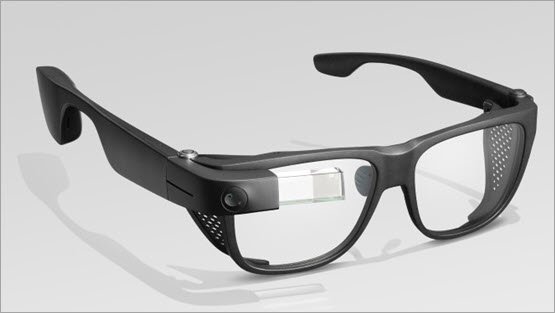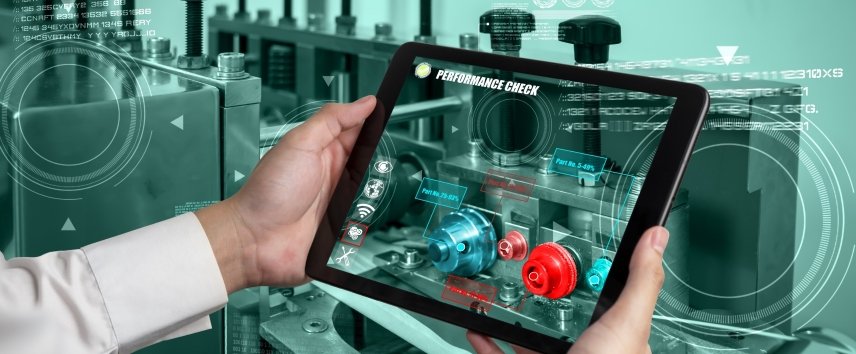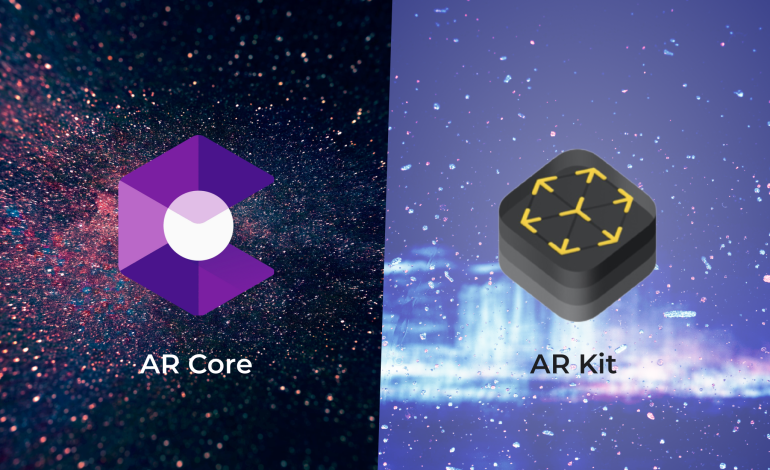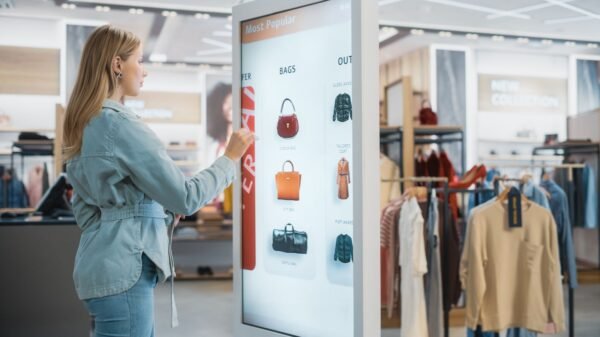Augmented Reality and Virtual Reality in 2023: What to Expect
In the years leading up to 2022, augmented reality (AR) has proven instrumental in pushing several sectors toward immersive experiences. Nearly every trend was accurate, and in 2023, it is only anticipated to increase.
New technology, innovative concepts, and aspirational start-ups striving to push the limits of reality—both real and augmented—come with the start of a new year.
While there is no way to predict the future with certainty, there are certain observable tendencies that give us an idea of what to anticipate in 2023.
The top Virtual reality and Augmented reality trends for the upcoming year are shown below.
VR trends
Remote learning
The coronavirus pandemic illustrated the need of having several backup plans. The most important of them was the requirement to maintain many regular components of daily life—work, education, and hospital attention, to mention a few—despite individuals not being in the same physical areas.
Although many places have resumed their regular school schedules, remote education options still have a place in the classroom, especially when combined with virtual reality, which allows students to inhabit spaces that replicate the real thing, whether it’s to visit a location they can’t travel to or to get comfortable in a car’s cockpit before entering the real thing.
Decreases in cost
The cost of admission is one of the greatest issues people involved in commercial VR confront. Retail prices for a single VR headset can be considerably higher than those of the most recent gaming consoles.
Despite this, according to statistics from Statista, the market for VR headsets is expected to grow to over $18.6 billion by 2026, with worldwide shipments of VR and AR systems expected to reach approximately 44 million within a few years.
More “mainstream” VR options like Sony’s PSVR have contributed to increasing the popularity of VR in recent years, helping to decrease the entry cost of the technology and creating a market that developers are eager to fill.
Retail education
It may be challenging and frequently calls for a combination of resources to train personnel in the retail industry. For instance, it might be challenging to educate employees for major events like Black Friday if there are ongoing, high-volume everyday company activities.
By enabling personnel to practise utilising checkouts, handling lengthy lines of customers, and preparing for “holiday rush” events, virtual reality training directly addresses this demand. With the 10 to 15% increase in training test scores, retail behemoth Walmart has made it an important component of worker training.
Tech advances
One issue with virtual reality programs—particularly when the first Virtual reality headsets started to appear on store shelves—was that many apps’ graphical fidelity was very low when compared to what is available in TV, cinema, and gaming.
But, in 2023, technological developments are anticipated to drive VR’s capabilities and immersive quality. The availability of headsets that can play 5K and 8K stereo video has greatly improved the visual quality of VR experiences.
Moreover, eye tracking technology has the potential to alter how VR headsets read and interpret human attention, giving users of the technology a deeper understanding of the virtual worlds they are viewing.
That may be seen in the value of AR on the worldwide market. The market explodes in 2023, reaching a value of almost $60 billion. It can only suggest that AR is being utilised by a far larger audience and has spread across all industries. That’s fantastic news, isn’t it?
And similarly to each year, there will be trends in AR that will be in the news every year. We’re discussing practically every facet of augmented reality that has been expected to be popular in 2023, not just AR glasses or headsets.
The following augmented reality trends are anticipated to occur in 2023:
AR Trends
- A.I

Photo: Tara Winstead
The use of AI in AR experiences has a bright future, it is a truth. It will be easier to incorporate clever solutions like error management, efficient assembly, and improved production as a result of processor prices falling and technology progressing.
And in the next few years, businesses will be able to expand to include AI-assisted augmented reality in their operations. This will increase overall productivity, allow for training savings, and enhance cooperation and information exchange.
- Metaverse

Photo: satheeshsankaran
We must admit that the audience hasn’t exactly been kind to the metaverse in recent months. Yet, it’s possible that will change this year. AR will be able to dominate as metaverse can provide virtual experiences that marketers can include.
Like Mark Zuckerberg, the inventor of the metaverse, predicted, augmented reality will ultimately dictate how people interact with technology.
If you look closely, metaverse adds a second dimension to your view of the virtual world; this is how AR functions in metaverse. It could take some time for it to make a splash, but once it does, consumers will start to find the metaverse more alluring.
- Live Stream Shopping

Photo: neilpatel
Have you ever made an internet purchase after seeing an influencer live broadcast on their account? These days, we can easily see the evaluations of the influencers, and in addition to that, there will also be fantastic offers, so it’s a rather typical sight.
Nevertheless, when you watch the live broadcast, you might as well be on the fence about whether to buy or not, which is definitely bad for the companies.
However, AR can assist in overcoming this challenge by enabling users to try on the items or watch the depiction in real-time. Giving the link to your AR experiences is all it takes, and in 2023, this trend is projected to soar—especially with the development of the technology.

Photo: Web-AR
The ability to watch AR experiences is more useful when they are web-based. You may see augmented reality experiences immediately on the web or on your portable devices without the need for any applications, as implied by the name. There is no doubt that this makes things more accessible to individuals, and businesses also stand to gain greatly from this.
Although there have been quite a few web augmented reality platforms appearing on the marketplace, 2023 will witness an increase in their numbers. Assemble just debuted their own online augmented reality functionality, making it simpler for consumers to watch their AR experiences.
- AR eyewear

Photo: softwaretesting
There appears to be a new generation of AR glasses every year. And to reach even more people this year, Smart glasses are going to be easier to use. One of the most recent AR headsets to enter the market is Project Cambria, and it is anticipated that the tech giant Apple will also make a significant advancement by releasing their personal AR headset in the third quarter of 2023.
- Trial before you purchase
For sectors like retail, the ability of Smartphone applications to combine the physical reality they identify in a camera viewfinder has a wide range of implications.
The inability to try on clothing, accessories, or jewellery when shopping online is a problem that augmented reality in retail solves. Customers may get a far sharper idea of how something will appear on them using ‘try before you buy’ AR, though.
FRED Jewelry, a jewellery store in Paris, provides a virtual try-on option on its website so that customers can get a better idea of how their purchase will look.
- Usage of mobile augmented reality
Similar to how they are for VR, head-mounted display devices (HMDs) are not the de facto way to explore AR. Mobile phones and their cameras are frequently used for AR experiences because augmented reality needs a live broadcast of the outside world.
This just makes perfect sense for AR developers given how many people already own mobile devices. Google has recently modified its ARCore development company platform with a new Geospatial API to demonstrate its recognition of this (application programming interface).
As a result, mobile AR apps gained access to the same technology that powers Google Maps’ Live View features, potentially opening up a wealth of geographic data.
Users of apps will undoubtedly grow in number over the next year and beyond as their availability and effectiveness both increase.
- Integrating AI and AR

Photo: intellectdata
An incredibly potent tool for just a wide range of applications and platforms is artificial intelligence. Programs can effectively learn from past mistakes and personalise the customer experience for each individual user thanks to machine learning. With the use of artificial intelligence (AI), app usage data may be deeply interpreted to provide novel insights or pinpoint both present-day and upcoming trends.
When combined with AR, AI can analyse training programs, instruct digital twins, and do so much more.

Photo: inaugment
Apple and Google are two companies who are continuously competing to be at the forefront of mobile technology, and their rivalry is just as fierce in Augmented reality technology as it is in other areas.
The performance and capabilities of Apple’s ARKit and Google’s Ar technology are largely comparable, despite ARKit 6’s addition of 4K video and an advancement in motion capture technology last year.
Watch out for signals that Android is trying to narrow the gap in 2023 as Google expands the list of smartphones that can support ARCore. Android devices are often not strong enough to process the best quality AR experiences.
The year 2023 has a lot of potential for simulation technology, and we’re ready to be at the forefront. We offer simulation for training, defence, and much more as Europe’s top supplier of simulator solutions with a broad range of close partners.
What Can We Expect?
We anticipate AR won’t back down based on the information presented and examined by specialists. The future is bright and only going to grow better, therefore we have no need to be concerned about witnessing additional breakthroughs in the near year given how quickly the market is developing.































































Comment Template